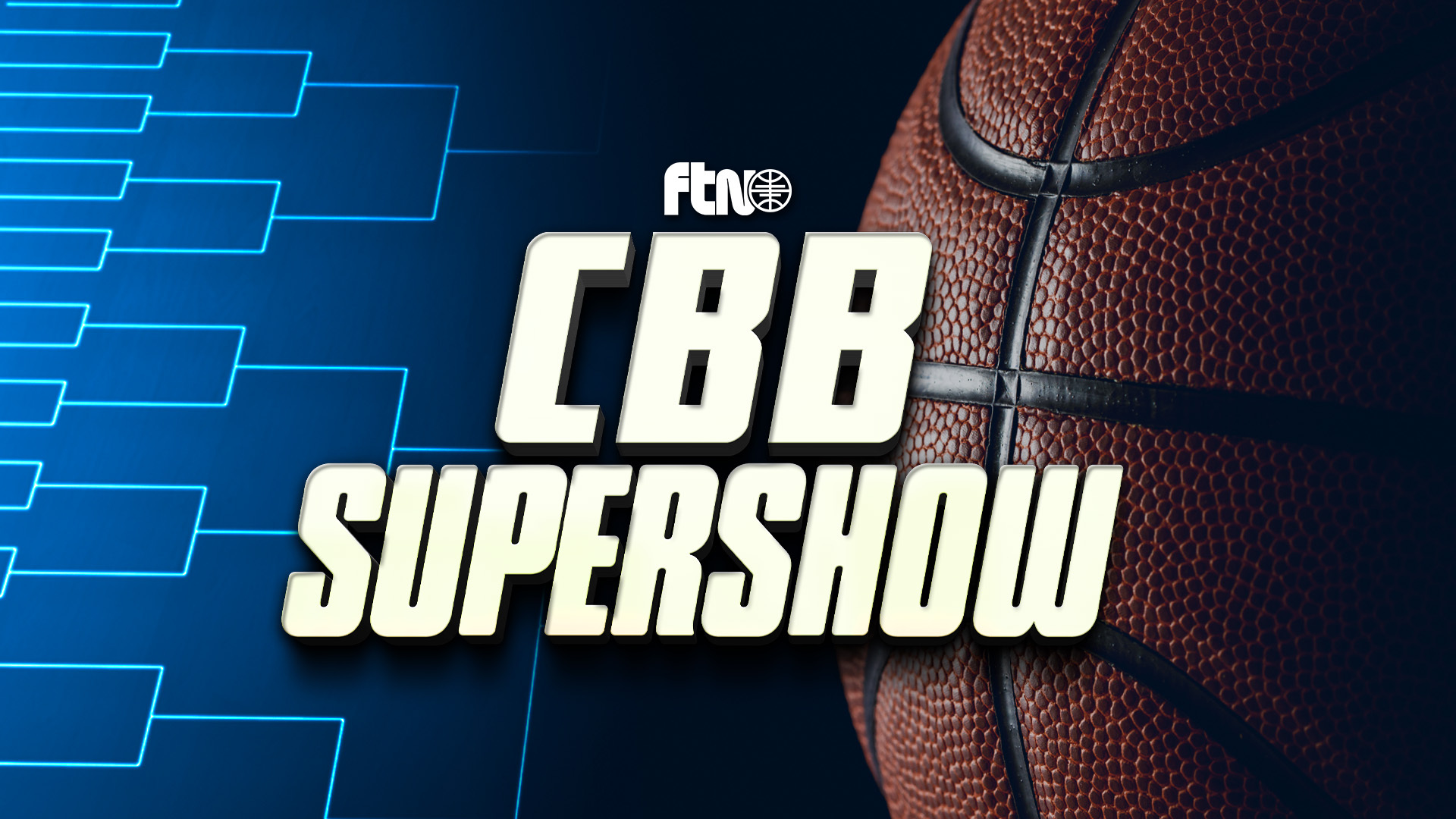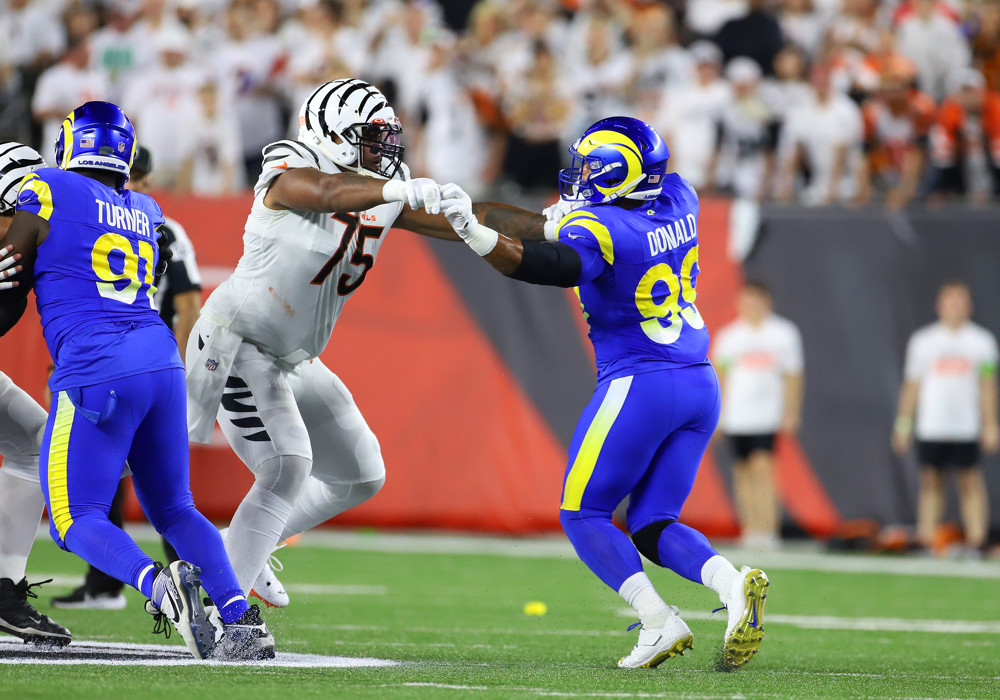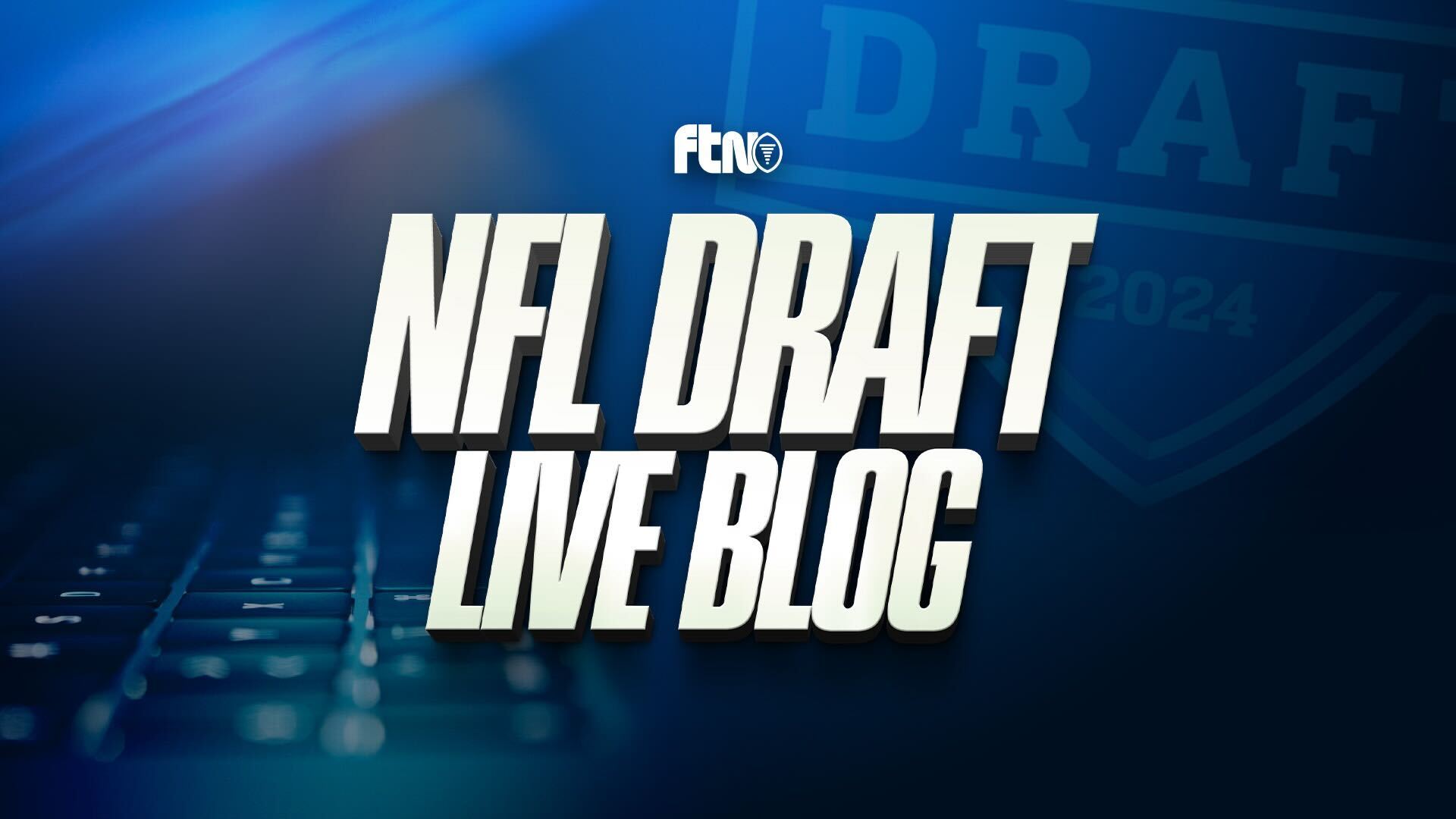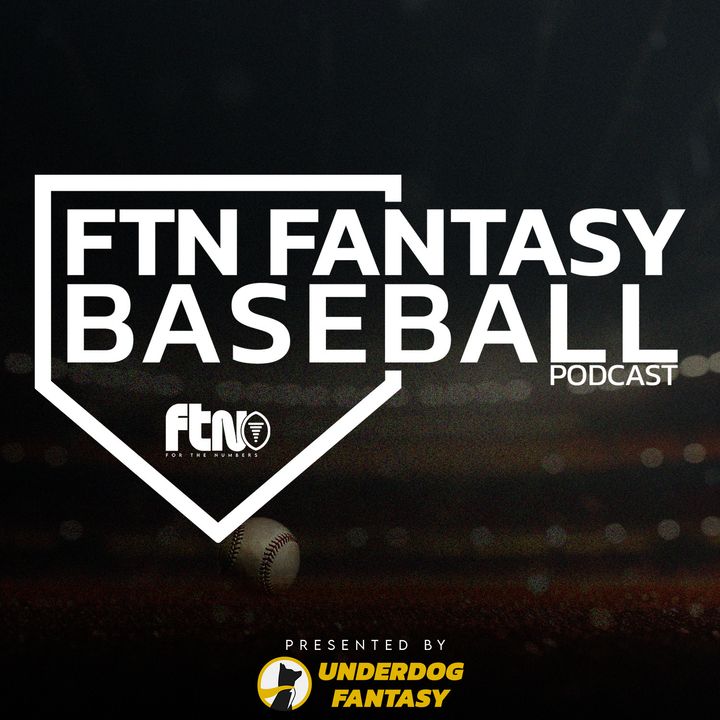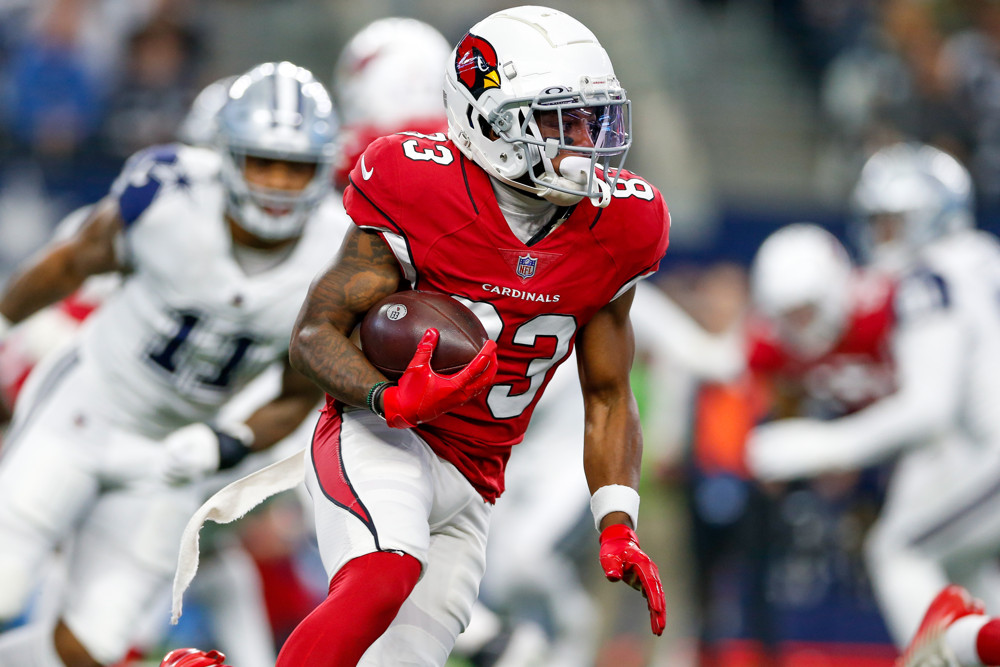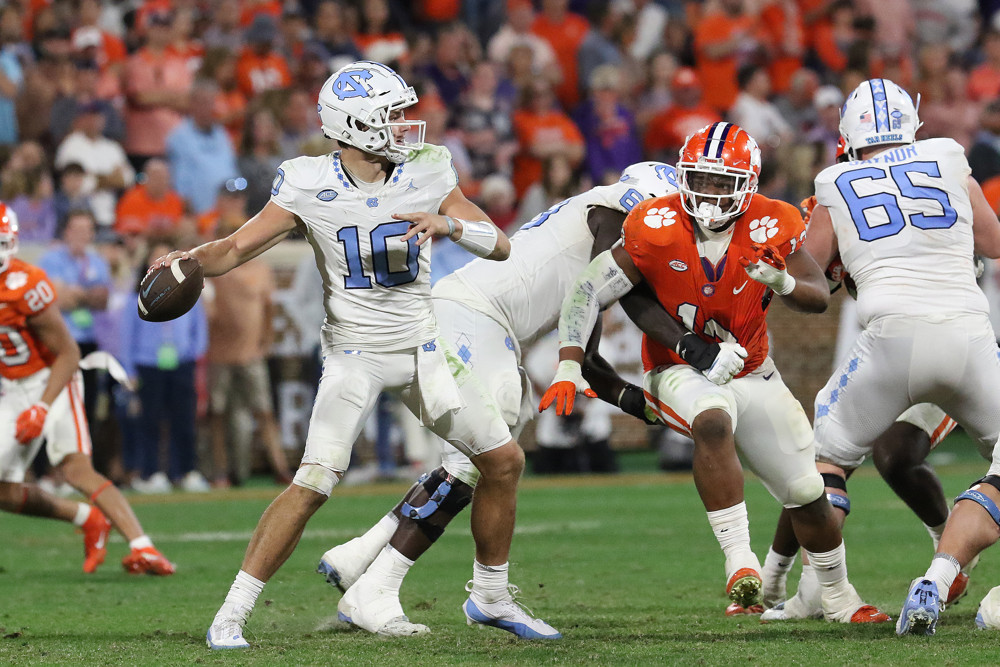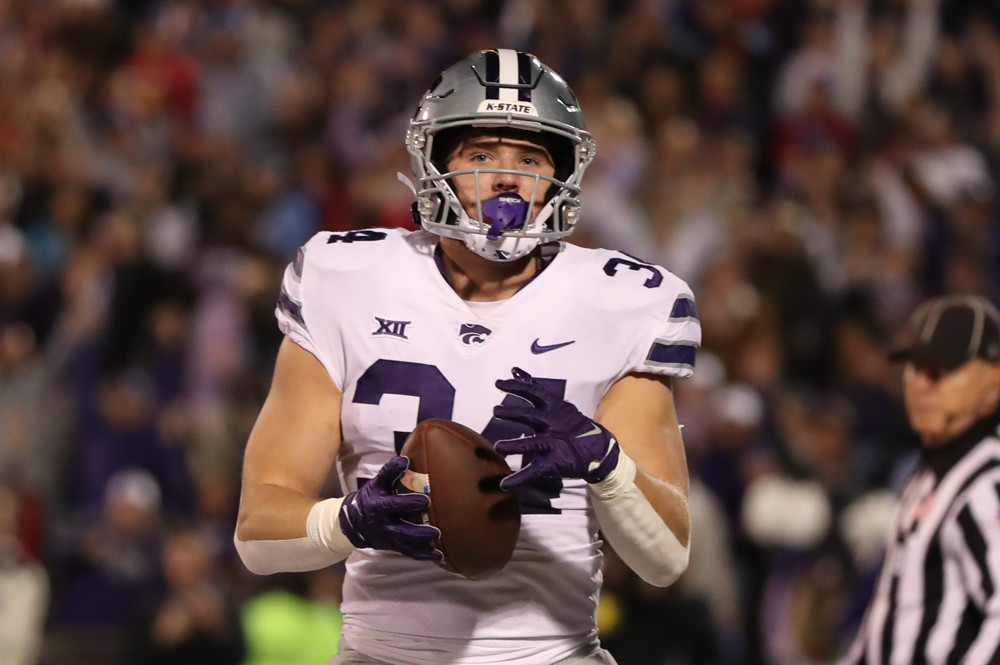
There’s nothing quite like the fantasy football puzzle that is best ball. We spent all summer discussing (arguing) what works and what doesn’t. Then we get to watch throughout the season and see who was “right” and “wrong.” I’m using quotes there because a lot of it boils down to luck. But you can definitely put yourself into a situation where you have an edge over the competition, and you are likely to advance through the tournament you join or cash in the league you’re in.
That’s a long timeframe, though — some people are already drafting on Underdog Fantasy for the 2022-2023 season. We’ll get to that at some point, but right now the playoff contest has caught my eye and interest. As we head toward this year’s playoffs, let’s look at the strategy and approach.
Underground Fantasy Playoff Best Ball 101
Your roster for playoff contests consists of:
- 1 Quarterback
- 1 Running Back
- 2 Wide Receivers/Tight Ends
- 1 Flex
- 5 Bench Spots
As always, it’s important to know the rules. The Mitten ($5 Contest) and The Gauntlet ($25 Contest) are different in one fundamental way. In the $5 tournament, the top two from each group of six advance to the second round compared to only the top scorer from the first round in the $25 contest.
This should alter your approach when it comes to drafting first-round bye teams. You need to advance past the first round without players from those top two playoff teams. In the Mitten, you can take some more chances because there’s more room for error with the top two advancing. Those are just the basics, but they’re important things to keep in mind while you’re in the draft room.
One piece of the puzzle, for me, is looking at scoring distributions in the NFL playoffs. We don’t spend a ton of time analyzing fantasy scoring in the playoffs outside of DFS and it’s worth diving into in order to decide how you should be constructing teams.
Quarterback Scoring Distribution
Quarterbacks score more points in the postseason than in the regular season. The median fantasy output is 1.2 points higher in the postseason than in the regular season. This shouldn’t be too surprising since better quarterbacks will typically make the playoffs at a higher clip than bad quarterbacks.
Running Back Scoring Distribution
Team RB1s average just 0.3 more PPR points per game in the regular season. There is a higher hump between 20 and 30 points within the postseason, so there’s some bump in ceiling outcomes there, but overall scoring is about what you’d expect.
Wide Receiver Scoring Distribution
When we look at WR1s, we see a bump of about one full PPR point per game in the postseason. On average, top wide receivers outscore top running backs in the postseason, as well.
We see a similar phenomenon with team WR2s, as well. It’s only a difference of about 0.5 PPR points per game, but it’s still a bump in production from regular season to postseason.
Tight End Scoring Distribution
Fantasy scoring for the top tight end on a team is higher by about 0.6 PPR Points per game in the postseason. There’s a significant jump in ceiling outcomes, though. In a small(ish) sample, a lot of this can actually be attributed to Rob Gronkowski, but I digress.
Key Takeaways
So, how does this affect how I should be drafting? Well, that depends. In a season-long context, we talk about “winning the flex” quite a bit. If you’re going to win the flex in these playoff contests, that means going heavy on the WR/TE position in your draft. As I’ve worked through more and more drafts, I feel like there are only a couple of constructions that make sense:
- 1 QB, 2RB, 7 WR/TE
- 2 QB, 2RB, 6 WR/TE
- 1 QB, 3RB, 6 WR/TE
Those might seem like extreme strategies, but the extreme strategies are the ones that provide us with outsized rewards. If you’re building teams like this, you’re going to have some duds. But you can also wind up with super teams that have the potential to hit the top of the leaderboard when everything goes right.












